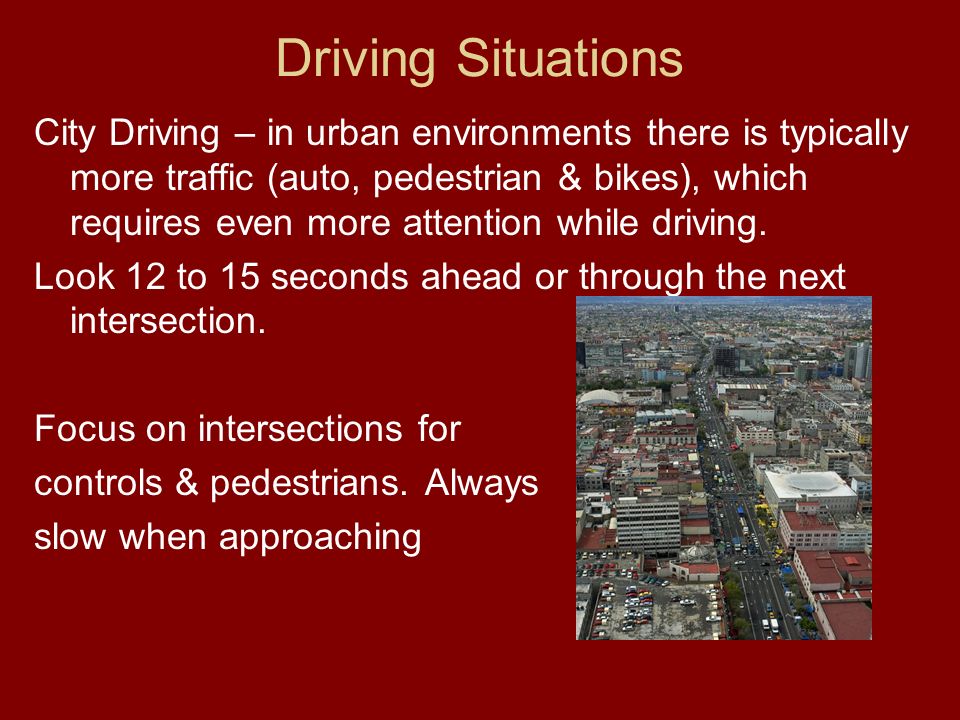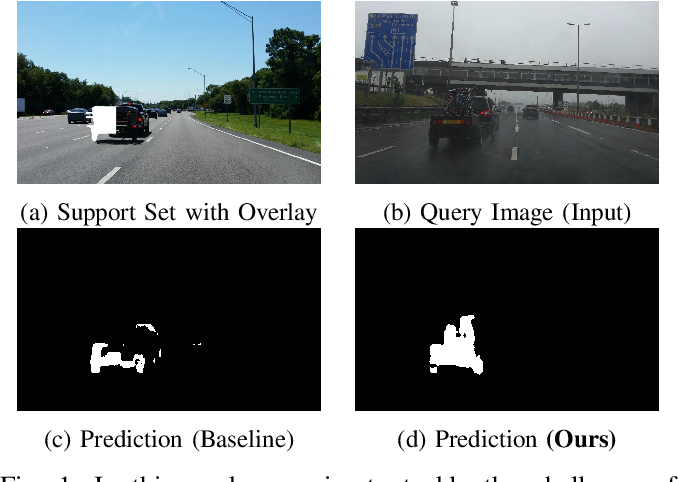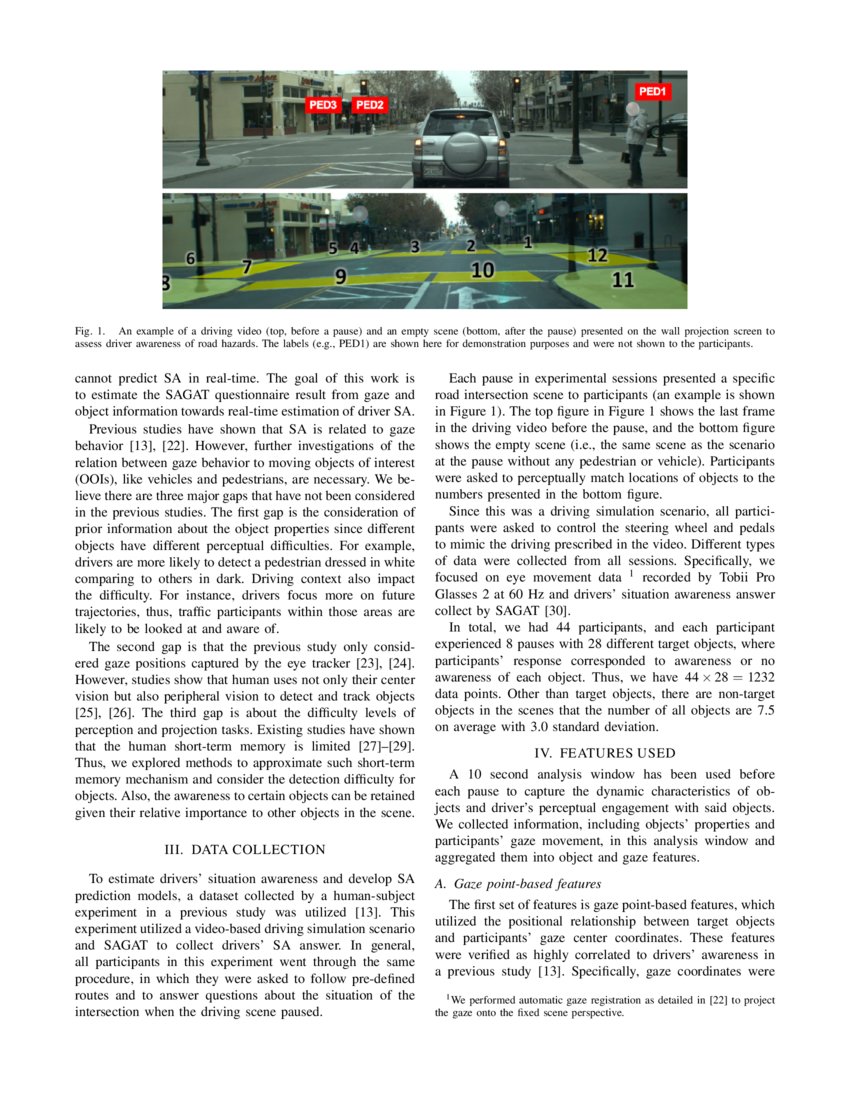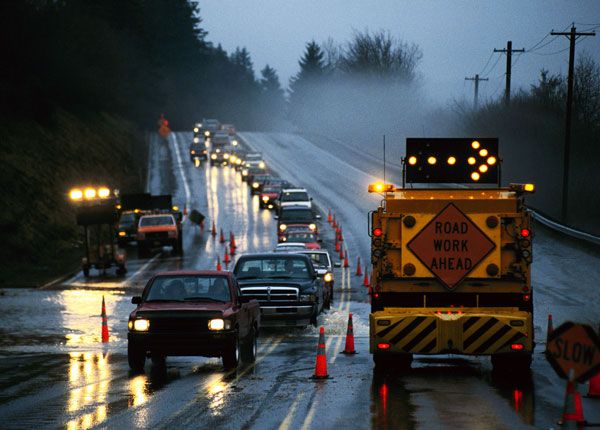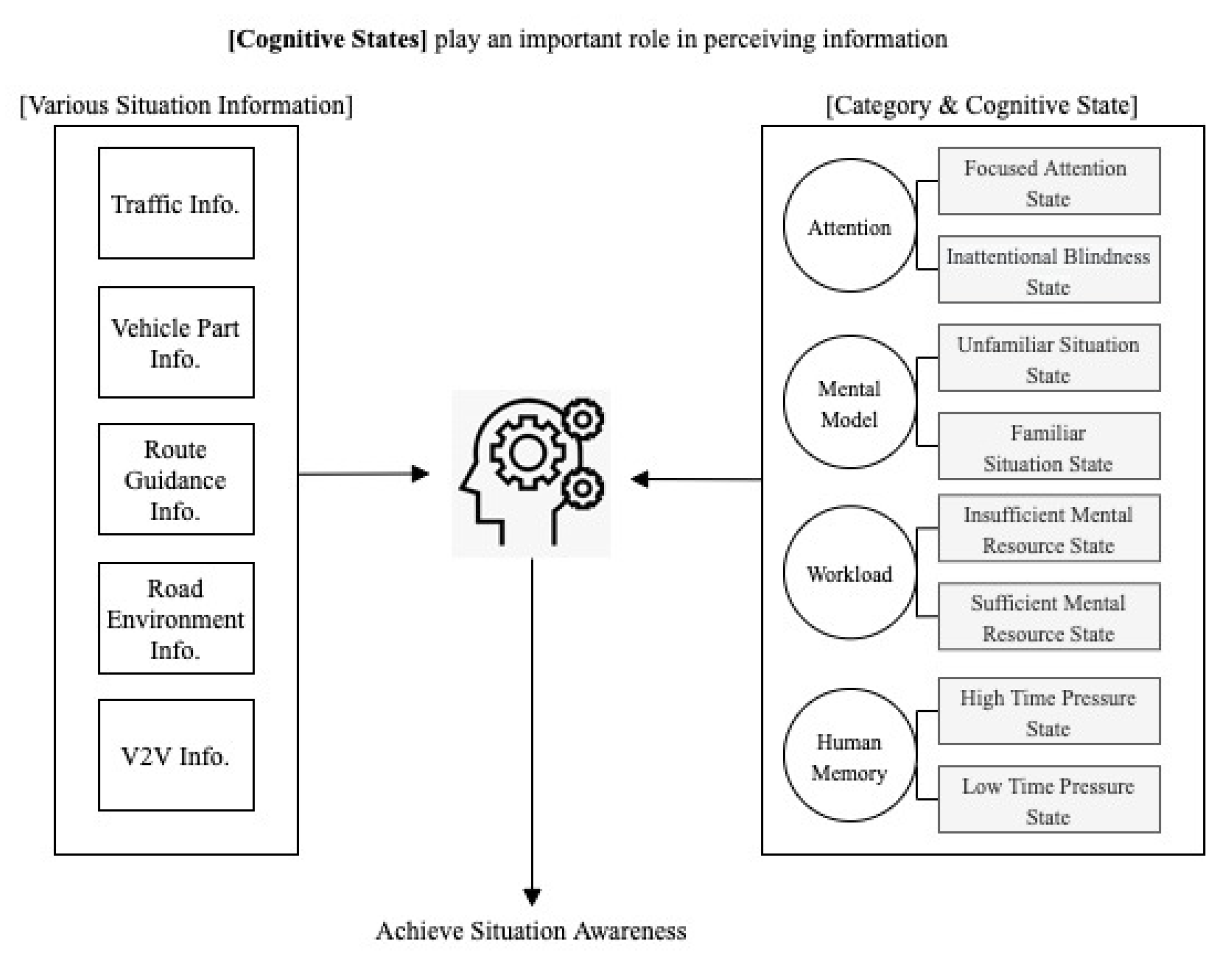The More Complex A Driving Situation Is The
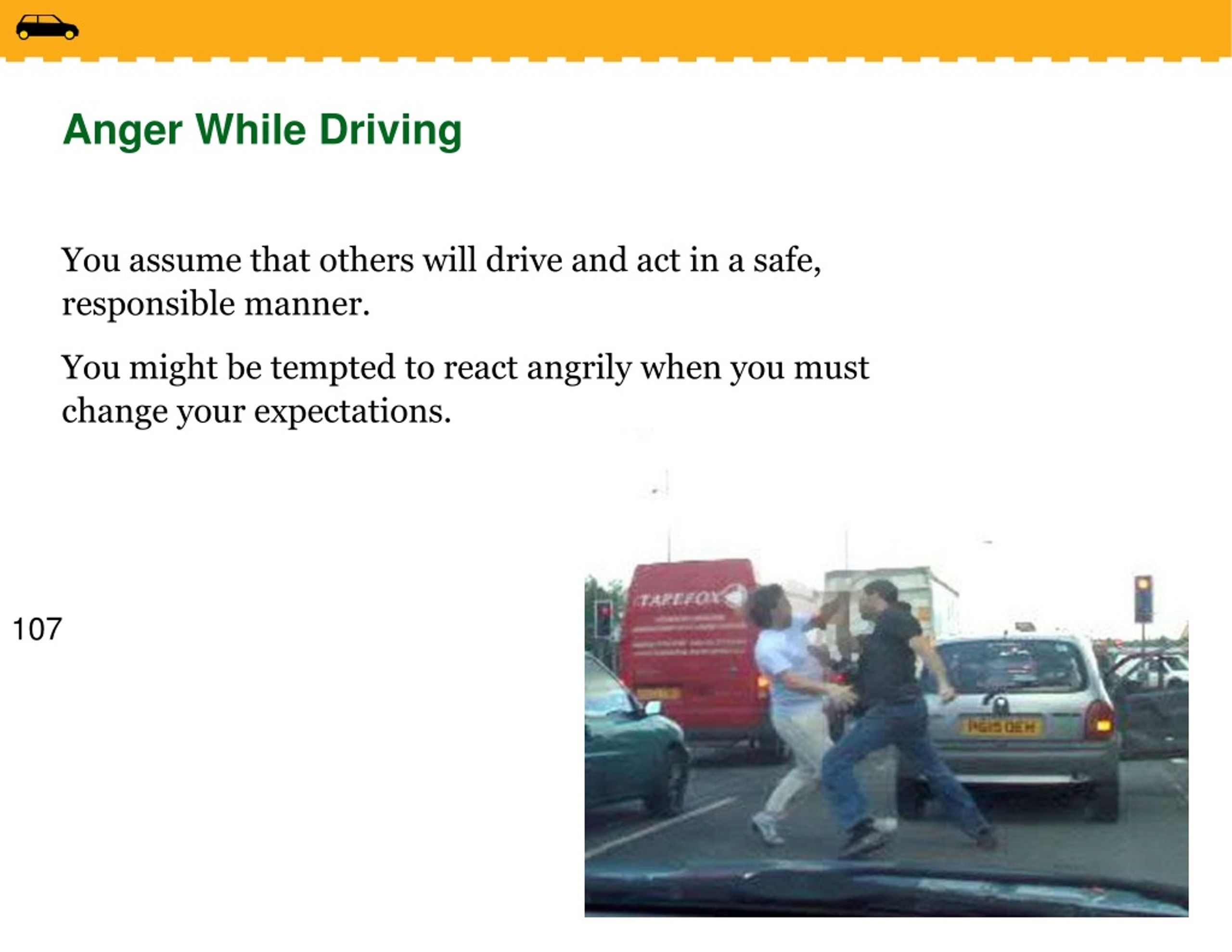
Imagine this: the sun is setting, casting long, dancing shadows across the road. Rain slicks the asphalt, reflecting the blurry halos of oncoming headlights. A cyclist wobbles uncertainly in the bike lane, while a delivery truck double-parks, partially obstructing your view. The GPS barks out a sudden, unexpected turn. This, my friends, is not just driving; it's a cognitive obstacle course.
At the heart of every near-miss, every frustrating traffic jam, lies a fundamental truth: the more complex a driving situation, the greater the cognitive load on the driver. This isn’t just about inconvenience; it’s about safety, reaction time, and the very essence of how our brains process information behind the wheel.
This article dives deep into the science behind driving complexity, exploring how factors like weather, traffic density, and even our own emotional state impact our ability to navigate the roads safely. We'll examine the implications for driver training, vehicle design, and the future of autonomous driving, aiming to understand how to mitigate the risks and enhance the driving experience for everyone.
Understanding Cognitive Load
Cognitive load refers to the total amount of mental effort being used in the working memory. Driving demands a significant amount of cognitive resources, from monitoring speed and distance to interpreting traffic signals and anticipating the actions of other drivers.
When the demands of the driving environment exceed our cognitive capacity, performance suffers. This can manifest as slower reaction times, missed cues, or even complete lapses in attention.
According to the National Highway Traffic Safety Administration (NHTSA), driver inattention is a leading cause of crashes, and complex driving situations significantly increase the risk of inattention-related errors.
The Elements of Driving Complexity
Driving complexity isn't a singular entity; it's a multifaceted challenge composed of several key elements.
Environmental Factors
Weather plays a significant role. Rain, snow, fog, and even glare from the sun reduce visibility and traction, demanding greater concentration.
Road conditions, such as potholes, construction zones, and unexpected obstacles, also add to the mental workload.
Traffic Density and Flow
Stop-and-go traffic is notoriously taxing, requiring constant vigilance and rapid adjustments.
Highways can be equally challenging, particularly when merging, changing lanes, or dealing with aggressive drivers.
In-Vehicle Distractions
While environmental and traffic factors are external stressors, in-vehicle distractions compound the problem. These include cell phones, navigation systems, and even conversations with passengers.
Research consistently demonstrates the dangers of distracted driving. A study by the Virginia Tech Transportation Institute (VTTI) found that texting while driving increases the risk of a crash by a factor of six.
Driver-Related Factors
Our physical and emotional state also influences our ability to cope with driving complexity. Fatigue, stress, and even excitement can impair judgment and reaction time.
Experience matters, but even seasoned drivers are vulnerable to cognitive overload in particularly challenging situations. The more complex driving situations are, the more experience a driver needs.
The Impact on Driver Performance
The consequences of cognitive overload in driving can be severe. As cognitive resources are stretched thin, drivers may experience:
- Reduced situational awareness.
- Delayed reaction times.
- Impaired decision-making.
- Increased risk of errors and crashes.
In critical situations, these deficits can be the difference between a safe arrival and a tragic outcome.
Imagine a driver approaching a busy intersection on a rainy night. The driver is tired after a long day and is also looking for street number. The driver's cognitive capacity is already taxed. The driver may miss a pedestrian in the crosswalk or misjudge the speed of an oncoming car. That’s the danger of cognitive overload in action.
Mitigating the Risks
Fortunately, there are strategies to mitigate the risks associated with driving complexity. One of the most important is proactive risk management.
Driver Training and Education
Comprehensive driver education programs can equip drivers with the skills and knowledge to anticipate and manage complex situations. This includes defensive driving techniques, hazard perception training, and strategies for managing distractions.
Advanced driver assistance systems (ADAS) can provide valuable support, such as automatic emergency braking, lane departure warning, and adaptive cruise control. However, it's crucial that drivers understand the limitations of these systems and remain engaged in the driving task.
Vehicle Design and Technology
Automakers can play a role by designing vehicles that are less cognitively demanding to operate. This includes intuitive interfaces, clear instrumentation, and ergonomic designs that minimize driver fatigue.
The integration of advanced driver assistance systems (ADAS) can provide valuable support, such as automatic emergency braking, lane departure warning, and adaptive cruise control. However, it's crucial that drivers understand the limitations of these systems and remain engaged in the driving task.
Personal Strategies
Drivers can adopt personal strategies to reduce cognitive load. This includes planning routes in advance, avoiding distractions, and ensuring adequate rest before driving.
Recognizing the signs of fatigue or stress and taking breaks when needed can also help to prevent cognitive overload.
The Future of Driving
As technology advances, the future of driving is likely to be increasingly automated. Self-driving cars promise to reduce cognitive load and improve safety by taking over many of the tasks currently performed by human drivers.
However, even in a world of autonomous vehicles, the ability to understand and manage complex driving situations will remain crucial. Human drivers may still need to intervene in certain situations, and the transition from human to automated control will require seamless communication and coordination.
The Rand Corporation suggests that we are not close to full driving automation for every road condition. So drivers should still be able to respond to any condition.
A Shared Responsibility
Ultimately, ensuring safety in complex driving situations is a shared responsibility. Drivers, educators, automakers, and policymakers all have a role to play in creating a safer and more efficient transportation system.
By understanding the cognitive demands of driving and implementing strategies to mitigate the risks, we can reduce the incidence of crashes and make our roads safer for everyone.
Driving, at its core, is an act of constant assessment and adaptation. We are not just operating machines; we are making countless decisions, big and small, that contribute to the flow of traffic and, ultimately, our own safety. Let us strive to be mindful drivers, aware of the challenges and committed to mitigating the risks, so we can all arrive safely at our destinations.



![The More Complex A Driving Situation Is The Example of typical driving situations [32] | Download Scientific Diagram](https://www.researchgate.net/profile/Wan-Hashim-Wan-Ibrahim/publication/301887709/figure/fig3/AS:667645615546379@1536190527315/Example-of-typical-driving-situations-32.png)



